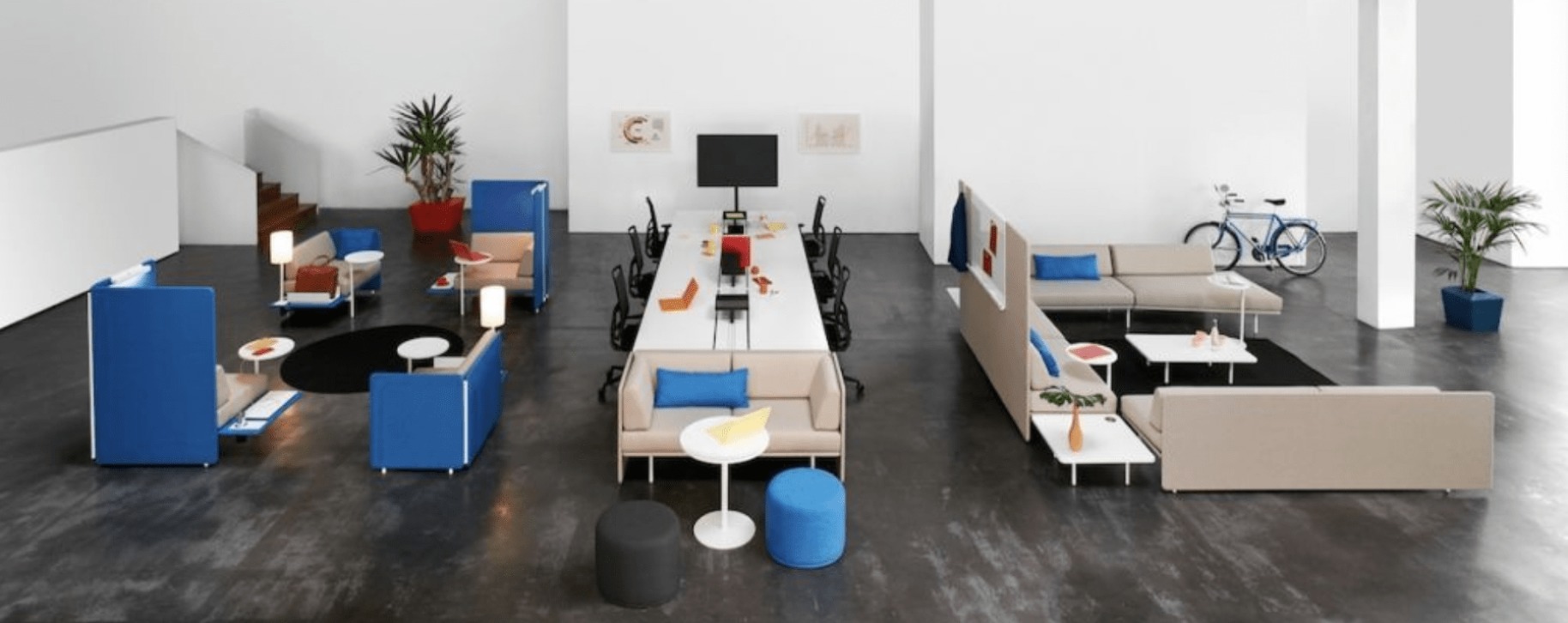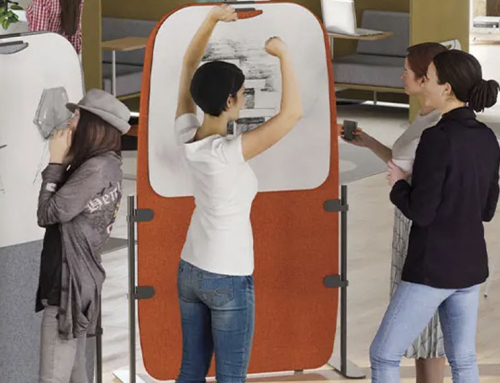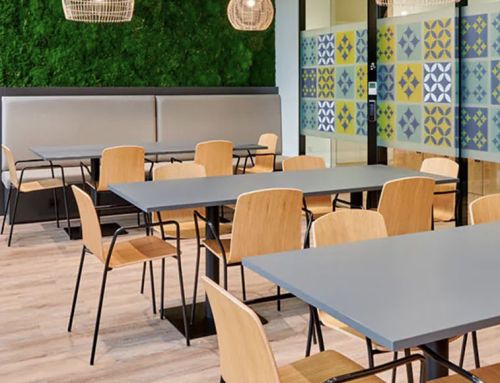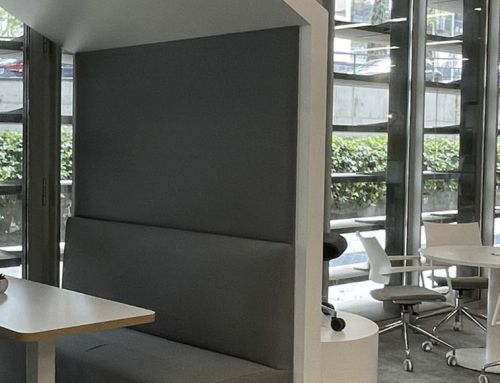Functional or design-inspired office? Offices play a fundamental role in the performance of workers; therefore, it is important to analyze every detail of their implementation.
When creating a workspace, it is necessary to take into account not only the design and decoration, but also its functionality. If we do not design a functional office, it is very possible that the productivity of the workers will be affected. Of course, we cannot overlook the design, but find the balance between the visual and the functional.
Natural light, space optimization adapted to the real needs of the company or ergonomic office furniture adapted to each function have shown that they can improve office performance by around 30%.
The workplace is therefore a strategic tool at the service of organizations.
Workspace is the second highest cost for 95% of companies. Therefore, no company that claims to be profitable can avoid the importance of its corporate headquarters. Space is very expensive and you have to make the most of it.
Tips for a enjoyingfunctional office
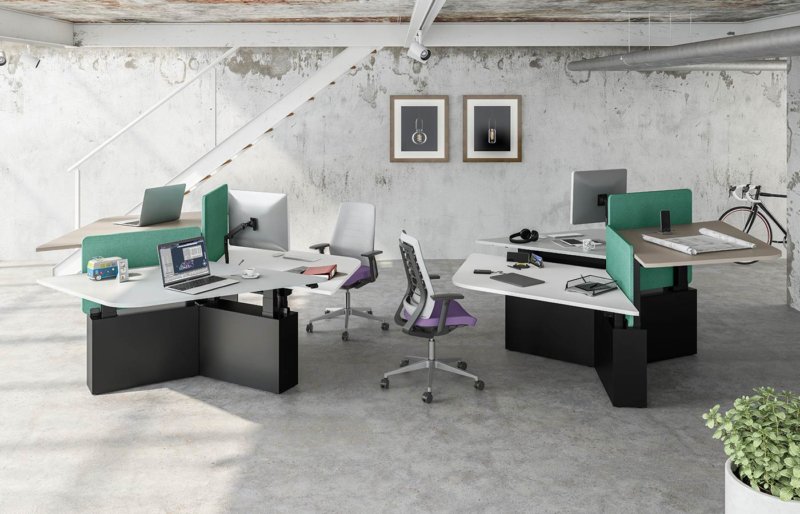
Each staff needs a specific space to be able to develop their work, which can perfectly be shared by others. The functional office should be determined by the functions to be carried out at any given moment.
Until a few years ago, workspaces responded to a hierarchical approach, but now it is the function that decides the form. And it is that a manager, a programmer, or a designer do not work in the same way or need the same space.
The functional office must be adapted to the values of the company’s corporate culture, its work dynamics, the technology it uses and the way its teams communicate, internally and externally.
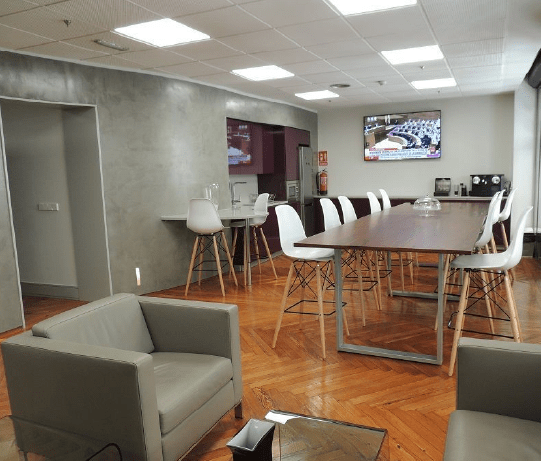
For example, if informal areas are created, spontaneous and comfortable gathering of people is facilitated, an ideal ecosystem for ideas to flow. While a rigid office does not favor flexibility, innovation, or creativity of its employees.
A team satisfied with its workplace is up to 30% more productive. Therefore, taking advantage of natural light to achieve a pleasant environment, adequate furniture to ensure the health of employees and staging homey environments in our work environment, such as break rooms or leisure rooms, are some keys that we they will help create a functional office.
A change in the design of an office also affects the image it projects, both internally and externally. Possibly there is no other element such as the space to project the brand of a company.
The office says a lot about a company; if its culture is hierarchical or horizontal, if it takes care of its people or if it favors the creativity or autonomy of its employees.
Keys to optimizing a functional office
In short, these would be the keys to creating a functional office:
- Optimize square footage to improve performance and reduce cost.
- Design the office with your work dynamics and ways of communicating in mind.
- Encourage collaboration, offering the necessary tools to be connected to technology and other people.
- Have spaces for different activities, from individual and concentrated to collaborative ones, betting on non-territorial offices in which spaces are shared if that fits in with company culture.
- Create comfortable environments that motivate workers and ensure their well-being, since this improves their performance.
- Create a corporate brand, internally and externally, through the office.
- Seek the flexibility of the office, thinking not only of the here and now, but also of the after.
- Multipurpose spaces are a great ally of the functional office, for this you must choose flexible, mobile, and reconfigurable furniture, such as Meta by Ofita.
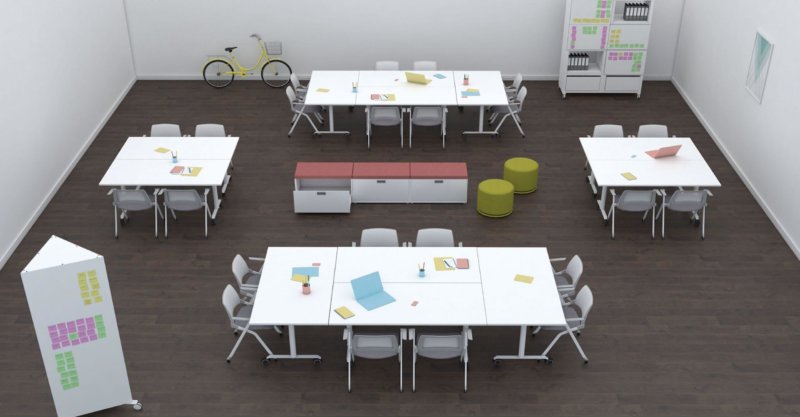
- Keeping the space uncluttered will help increase productivity. Hence, the importance of choosing the appropriate tables for each office (taking into account their sizes, shapes and configurations) and the best filing systems, personal and departmental.
